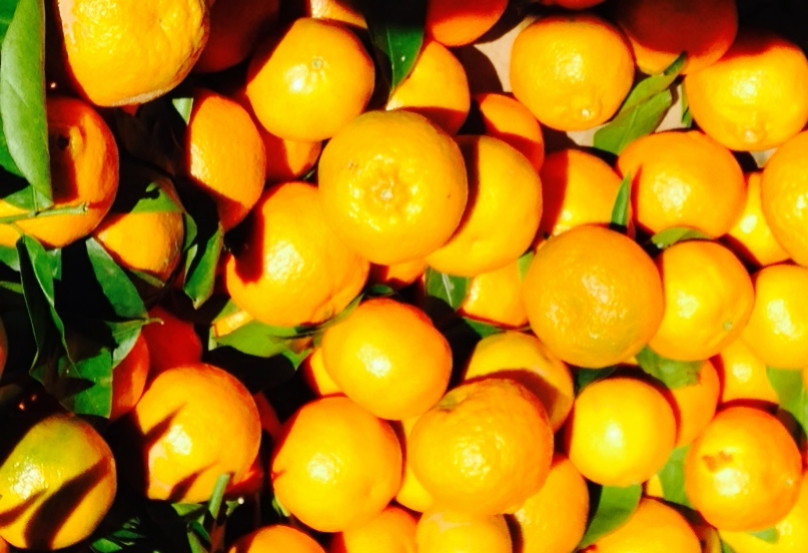Australia set for 230,000 ton orange export record
Australia’s orange exports are expected to reach a record of 230,000 tons in 2016/17, up 10.6% on the previous year.
Greater demand in North Asian markets and higher production in Australia are key factors in this rise, according to a new USDA Gain report.
Australia is a competitive counter-seasonal supplier to northern hemisphere markets such as Indonesia, China, Japan, Korea and the US.
Oranges account for around 80% of its citrus exports. Its navel orange exports run from June to October.
Australian exporters have benefited from lower tariffs in key markets such as Japan, Korea and China following bilateral free trade agreements, the report also says.
Imports
Australia imports fresh oranges, predominantly from the US, during its summer. It is estimated to have imported 30,000 tons in 2015/16 and a similar amount is forecast for 2016/17.
Production
Australia’s fresh orange production in 2016/17 is forecast by the USDA’s post to rise 4% to 470,000 tons due to good seasonal conditions and improved water access.
Domestic sales account for more than half of the total orange production and are usually made direct to large supermarket chains or through the country’s central fruit market system.
Over 20,000ha of orange orchards have been planted in Australia, of which 12,000ha are to grow Navel oranges for eating, and the rest Valencia for juice production. Many growers are moving away from the Valencia varieties, because of low prices for orange juice, and towards eating varieties such as Navels, which attract higher returns.
Another trend involves consumer preferences gradually moving away from older orange varieties and towards sweeter and easier to peel seedless citrus varieties and some new varieties of navel orange, the report says.



